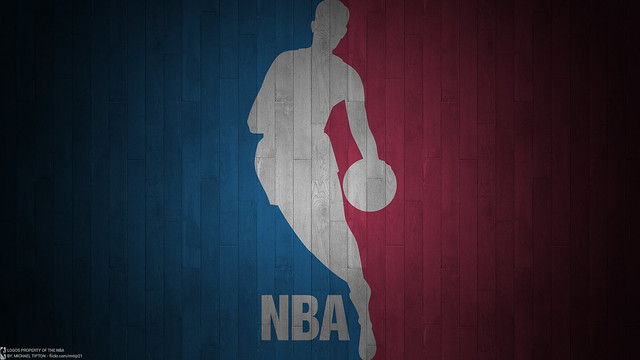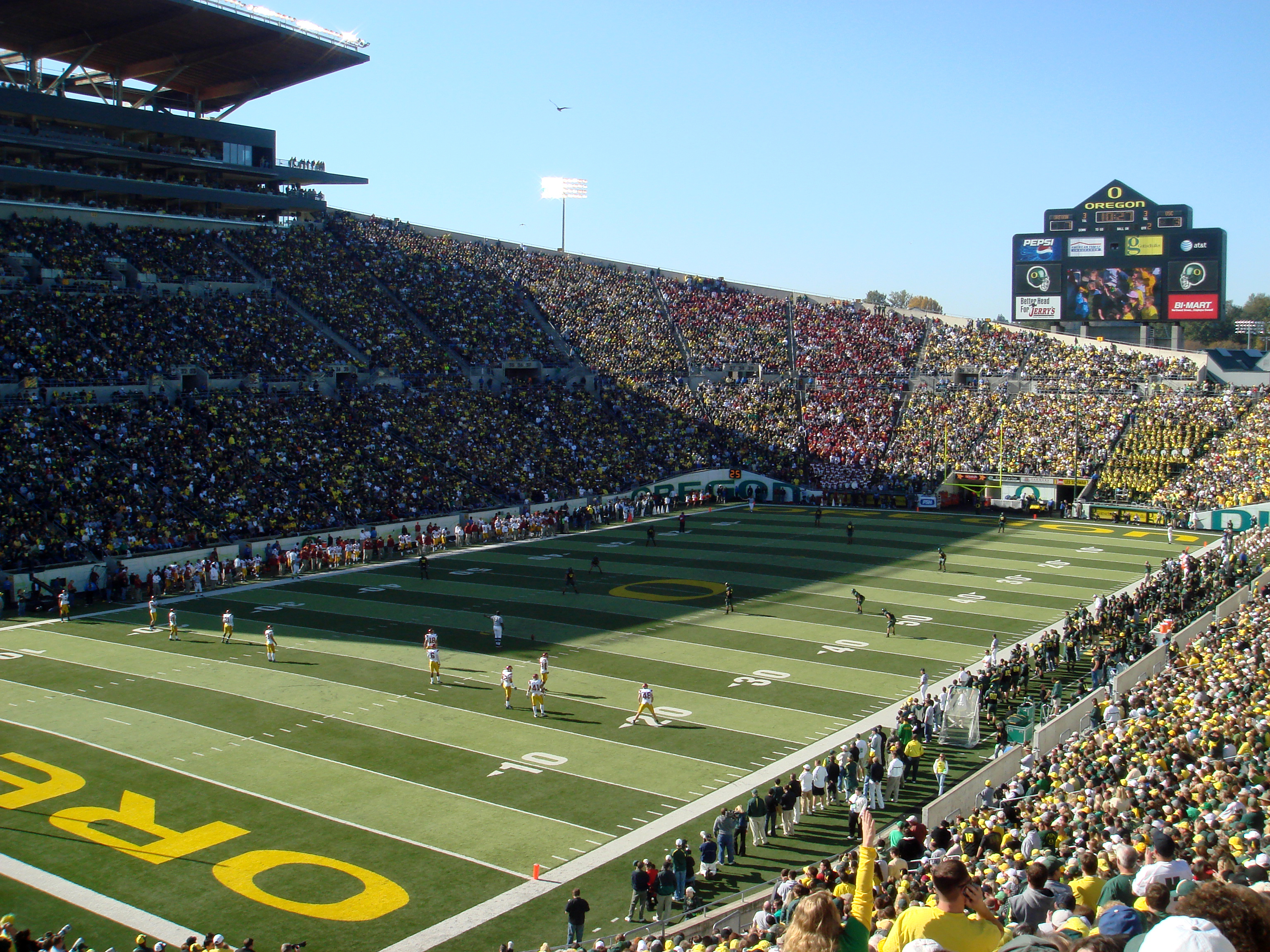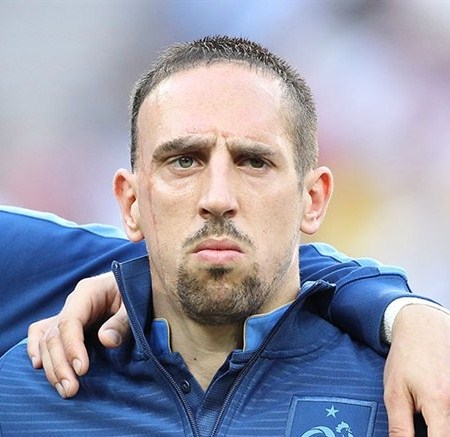 |
| HSMSE girls' soccer team - Lisa Gordis |
The Dragons comfortable win was a result of a combination of constant hustle, an aggressive mindset, and their experience in the playoffs.
“This is the best team we've ever had at MSE,” said coach Regina Zafonte. “They know how to channel their nerves into positive energy and do amazing things. These guys are now experienced playoff players and can handle the pressure.”
Freshman midfielder Alex West was seemingly everywhere on the pitch. West controlled the midfield with her aggressiveness and superb ball handling. When given the opportunity, West took shots from outside of the box, resulting in two spectacular goals. Despite her tremendous impact on both the game and the season, West remained humble in victory.
"Being aggressive, man marking their best player, and getting the step ahead by scoring the first two goals in the start [won us the match]," said West.
Another player who embodied the team’s hustle mentality was junior forward Galit Wiener. All three of her goals in the game came after sprinting for either crosses or deflections off of Lehman’s goalkeeper.
"We all came out determined," said Wiener. "We've been to the playoffs before and have been let down. We knew it could happen again and we've come so far already, so we wanted to give it our best. Everyone played 100%."
The Lady Dragons’ back line was just as impressive as their offense. The defense didn't even give Lehman a shot on goal for the first 30 minutes of the game. In fact, the most pressure sophomore goalkeeper Annabelle Shultz faced were from five corners that were easily cleared due to the great defending. The only slip up was a late goal, but the Lady Dragons were already up 6-0 at that point.
“Our defense was impenetrable," said Zafonte. “They were first to the ball and didn't allow anybody to get by them.”
The team's push to the finals has been a result of both quality leadership and great team chemistry. If the continue to play with the same sense of urgency and aggressiveness in the final, the team could bring HSMSE its first citywide varsity championship in school history.
"We have very good chances [in the final]," said West. "We're very good together working as a team and we're good at stepping up to the challenge."















.jpg)

